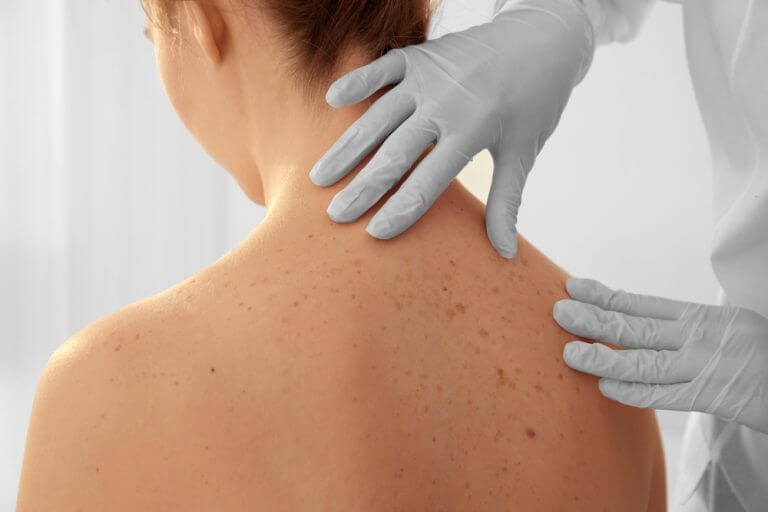Bullous Pemphigoid – Overview & Management by Dr Yeung Ho Hong 楊浩康
Bullous pemphigoid (BP) is a rare autoimmune disorder that causes blistering of the skin and/or mucous membranes. The condition typically affects older adults, and while it can be uncomfortable and unsightly, it is not typically life-threatening.

Bullous pemphigoid (BP) is a relatively rare autoimmune disorder that primarily affects older individuals. Although the exact cause of the disease remains unclear, research indicates that patients produce autoantibodies against the skin and mucous membranes. These autoantibodies activate the complement system, triggering localized inflammation and the formation of blisters. Additionally, factors such as advancing age, the use of certain medications, genetic predisposition, and environmental influences (for example, smoking and ultraviolet exposure) can act as triggers, with patients who have other autoimmune conditions being at a higher risk of developing BP.
The clinical symptoms of BP primarily include the appearance of large, fluid-filled blisters on the skin, which are commonly clustered on the arms, legs, and trunk. These blisters are frequently accompanied by significant itching, redness, and pain. In some cases, blisters may also affect the mucous membranes of the mouth and nose, resulting in localized ulceration or discomfort. Given the chronic and recurrent nature of the condition, patients may experience fluctuations in symptom severity throughout the course of the disease.
The diagnosis of bullous pemphigoid typically relies on a combination of clinical evaluation and laboratory testing. Physicians first assess the patient’s medical history and clinical signs before performing a skin biopsy and blood tests to detect the presence of autoantibodies against basement membrane proteins. In terms of treatment, the primary approach involves the rapid control of inflammation using oral or topical corticosteroids, often supplemented with immunosuppressive agents to maintain long-term disease stability. In certain refractory cases, targeted biological agents such as rituximab have also been employed to help alleviate symptoms.
Overall, although bullous pemphigoid can cause significant discomfort and cosmetic concerns, most patients are able to effectively manage their symptoms and maintain a good quality of life with timely diagnosis and appropriate treatment. A multidisciplinary approach combined with continuous follow-up is crucial for optimal disease management, and ongoing research holds promise for the introduction of more targeted treatments that may further improve prognosis and patient satisfaction.
Summary
Bullous pemphigoid is a rare autoimmune disorder that causes blisters on the skin and mucous membranes. Although the exact cause remains unknown, treatment typically involves using medications to suppress the immune system and reduce inflammation. With proper management, most patients are able to control their symptoms and lead normal lives.
